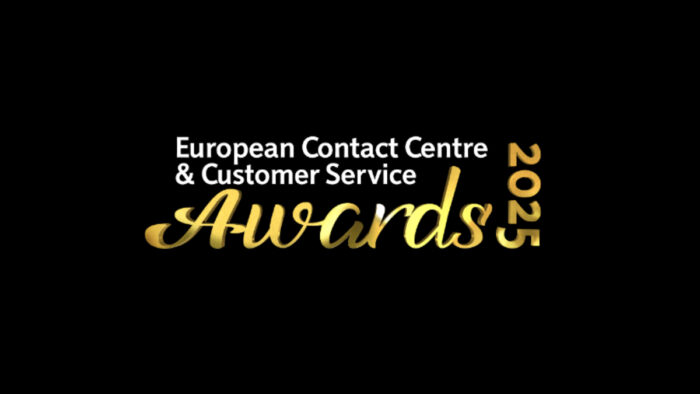These metrics will allow your organization to:
- Better manage your workforce
- Control costs
- Regularly enhance the customer experience
Plus, it ensures your call center contributes to the overall profitability of your business.
There are dozens of metrics that can be measured, but it’s not always easy knowing the right ones to track. These 5 top metrics are the ones that, when improved upon, can help your contact center thrive and ensure your staff is following best practices for call center customer service.
First-Call Resolution
Colin Shaw, Founder and CEO of Beyond Philosophy, a company dedicated to helping businesses build great customer experiences, says that “understanding customer loyalty and the secrets to creating it is vital to your customer experience.”
At a loss for how to arrive at this understanding? One of the best avenues is through tracking first-call resolution (FCR) which measures agent productivity. In fact, many businesses consider FCR the most powerful metric there is for tracking customer satisfaction and loyalty.
FCR calculates the percentage of calls in which a customer’s question is resolved on the first attempt without transferring or returning the call. The process is made much simpler with call center management software. It allows you to more easily collect and analyze business communications information while boosting FCR rates through improved customer interactions, service levels, and user experience.
Average Wait Time or Speed-of-Answer
Average speed-of-answer (ASA) or the service level rate is the average number of seconds it takes for a customer call to be answered. The shorter the ASA, the better your level of service.
For example, your call center goal may be to answer 80% of calls within 20 seconds. If you achieve this metric, it indicates customers are quickly getting the support they need and their problems are solved in a timely manner.
Average Handling Rate
Also referred to as average call duration, this metric differs from ASA in that it describes the total amount of time a customer spends on a phone call. This metric varies from industry to industry, but the goal is the same: reduce average handling rates as much as possible. A low rate means your reps are performing more efficiently and the call center is adequately staffed.
Average Call Abandonment Rate
This is a useful metric for seeing if your organization’s calling system is efficient and up-to-date. Tracking the percentage of calls that are terminated by the customer reveals several important realities, including:
- Customers are dissatisfied with the wait time.
- They don’t feel they’re getting the answer they need.
When a customer hangs up out of frustration with the level of service they’re experiencing it can have a real impact on your company’s reputation, especially if the customer posts a negative online review. It also adversely affects customer retention.
Since a highly efficient call center depends on knowledgeable staff, a knowledge base for call centers is one of the best ways to address these issues. It gives call center agents the universal, up-to-date information they need so customers have a helpful and satisfying experience.
Contact Quality
If you’ve ever contacted a call center, you’ve probably heard “This call may be recorded for quality assurance” before being connected to an agent. Used in almost every industry, tracking and measuring contact quality works by having quality control specialists analyze random call recordings.
The calls are then evaluated on things like professionalism, courtesy, accuracy of information supplied, and customer satisfaction. This data also helps develop a consistent call center tone and message.
Looking Ahead at Call Center Agent Performance Metrics
Call center knowledge management is one of the most valuable investments your organization can make for improving call center metrics. Using these agent performance metrics can help you eliminate waste, implement changes, and monitor progress over time. A robust knowledge management system for call center staff is the optimal way to deliver customer service that exceeds expectations while increasing agent performance.


